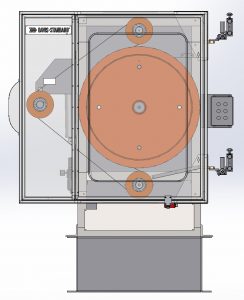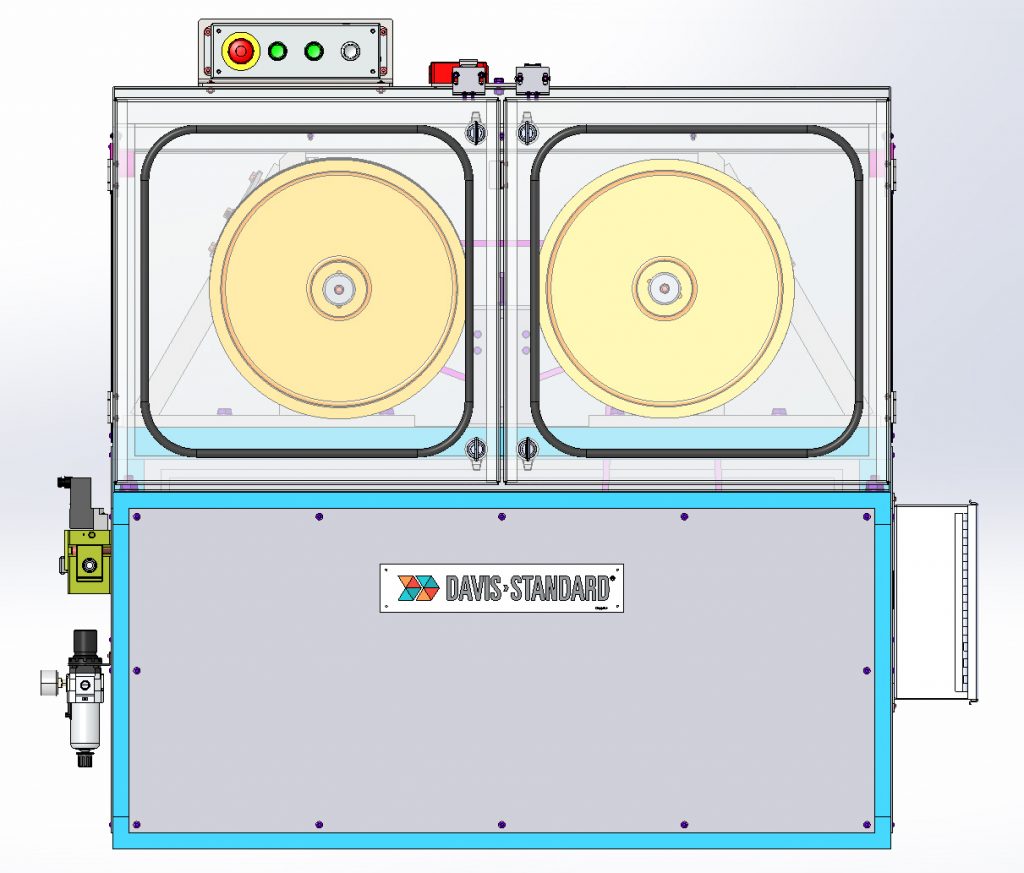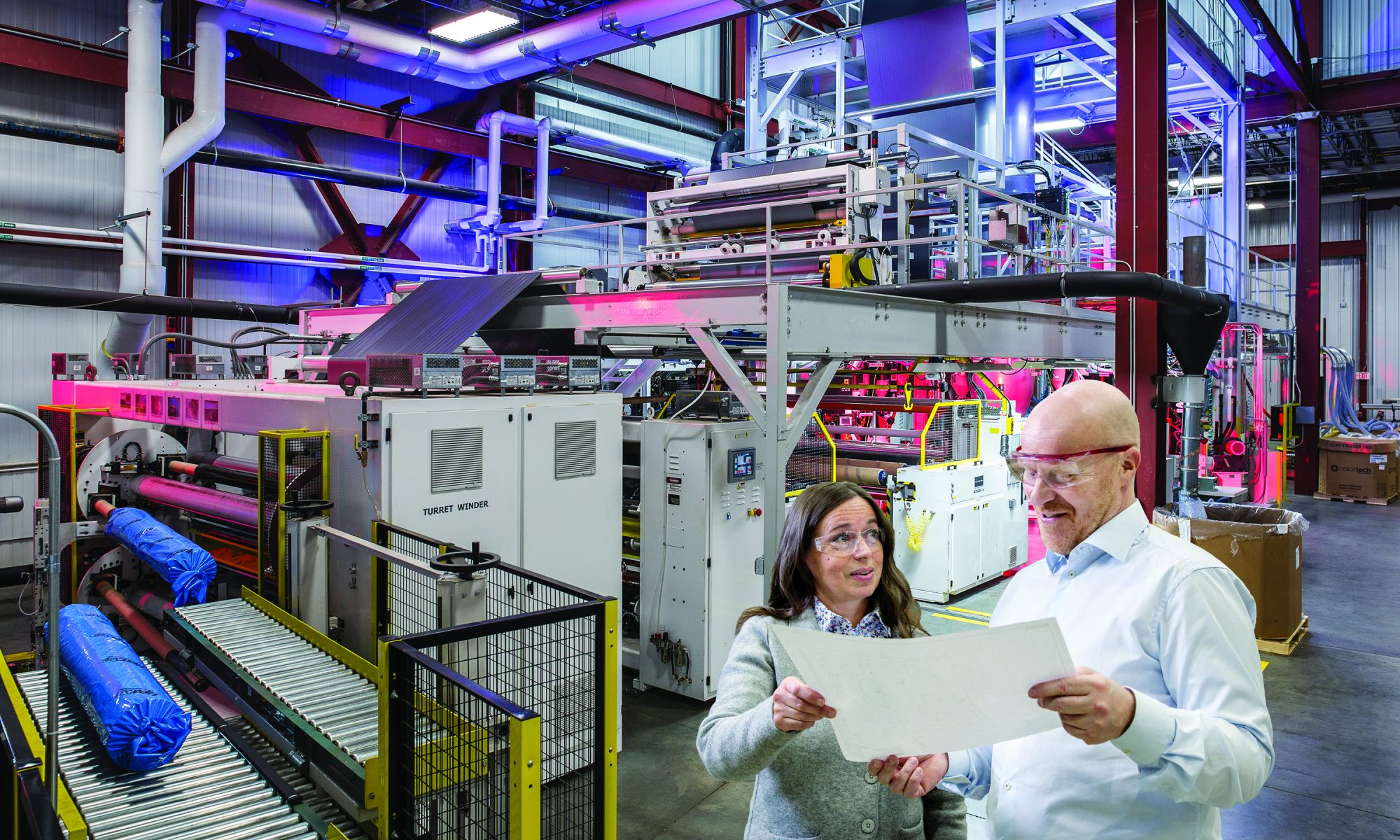
Davis-Standard has been a leader in wire and cable extrusion since the company sold its first extruder in 1948. Seventy-two years later, Davis-Standard’s leadership in the wire and cable marketplace continues with wireline components and complete systems to support applications ranging from aerial cable, building wire, coaxial and composite cable, video pair cable, CATV, THHN and THWN wire among others. This includes an impressive equipment line-up from Maillefer, a Davis-Standard company.
Wire and cable systems involve many components including payoffs and take-ups, dancers and accumulators and capstans to ensure consistency, quality and efficiency. Knowing which type is needed based on application is essential. In this blog, we’ll focus on the component that ensures line speed stability – the capstan. There are three main types of capstans – belted caterpillar, belt-wrap and drum. Following is a summary of each and examples of applications.
Belted caterpillar capstans are generally used for heavy pulling jobs, larger diameter wires, and for slower production speeds. These machines are engineered for longer runs and high pulling forces. Stable line speed minimizes cable diameter variations. Applications include low-voltage cable, MV, HV & EHV, insulation and sheathing.
These capstans are often used in pairs, and in some cases, there may be more than two on a line. Based on application, this could include a “pullout” capstan to pull the wire and maintain wire tension; or a “metering” capstan to hold back on the wire, allowing the pullout capstan to pull the wire at a specific speed. Belted capstans have a relatively soft belt with good gripping properties. Tracks are moveable and typically actuated by air cylinder in order to squeeze the cable. Squeeze strength and track length determine how much wire tension the belted capstan can pull. New designs incorporate individual cylinders/support plates to allow the machine to better handle diameter changes on the fly.

Belt wrap capstans are the most versatile enabling a range of tensions and speed variations. These machines support inline processes for optical fiber through larger wire and cable. Both horizontal and vertical types are available. Applications include low voltage as well as medium and high voltage CV lines. The use of this capstan is particularly useful in applications where there are horizontal accumulators in the line.
These capstans use pneumatic cylinders that press the belt against the drive wheel, and the drive wheel provides the pulling force. The pressing force is adjusted from the control panel where the pressure gauges are located. The belt is opened and closed from the same panel.

Drum capstans are typically used on small wire for applications requiring high speeds, precision (reduced vibration) and accurate tensions. They are often integrated into trough capstans. Multiple passes can be used around the drums to multiply the contact length for improved friction and precision control. Applications include data and aerospace cables.

Davis-Standard and Maillefer have an extensive inventory of capstans to best suite your wire and cable operation. Let us know how we can help you as you evaluate extrusion line components or seek to upgrade a current line.
Do you have questions or comments about this post? We would love to hear from you! Please comment below or email marketing at marketing@davis-standard.com.
Cheers,
The D-S Connect Blog Team

This is a useful article. By studying this, I can enrich my knowledge.
Your idea is actually outstanding. Thank’s to share us such an important
thing.
King regards,
Abildgaard Dencker
Thank you for your kind words, Abildgaard! Our goal is to help others in their fields so knowing we are on the right track is assuring. Thank you again for sharing. We will continue to provide relevant and educational information for operation excellence 🙂